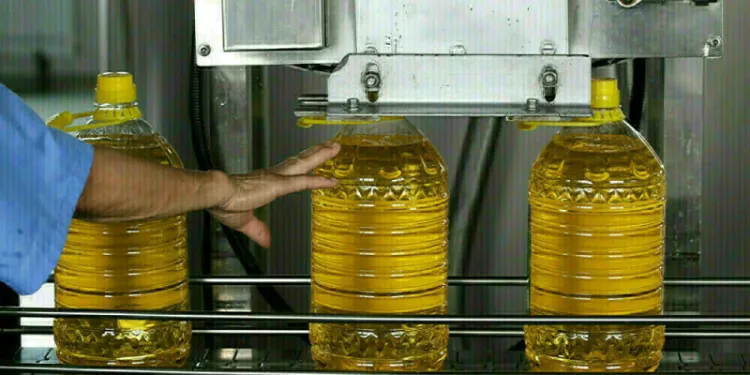By Stine Jacobsen and Tim Hepher
OSLO/PARIS (Reuters) – Airbus Helicopters is no longer recommending a blanket ban on commercial flights of its H225 Super Puma helicopter, saying initial evidence suggested there was no link between Friday’s crash in Norway and two North Sea accidents in 2012.
Airbus (AIR.PA), which had initially urged a halt to all public flights, said on Monday commercial operations could resume outside UK and Norway where regulators have imposed bans.
Safety experts cautioned it was too early to say what caused the helicopter’s rotor blades to detach, sending the aircraft plunging onto a rocky coastline off Bergen.
In 2012, Super Pumas were grounded after two ditchings in the UK North Sea later blamed on gearbox cracks.
A workhorse for the oil industry, the Super Puma has been in operation since the 1970s. There are 800 in operation worldwide.
Some operators including CHC Helicopter, the owner of the crashed helicopter, said they were keeping Super Pumas grounded. Search-and-rescue operations were not affected.
CHC said there had been no emergency calls from pilots before the crash and confirmed reports that the same helicopter had returned to base twice last week due to a warning light.
After two parts were changed on successive days, the warning disappeared and the aircraft did six commercial flights on the eve of the crash without incident, CHC said, adding neither part was connected to the gearbox or rotor.
Norway said cockpit voice and data recordings had been successfully downloaded and sent for analysis.
Amateur video showed all five rotor blades, still apparently connected to their rotor head, spinning towards the ground after parting from the helicopter. Such accidents are extremely rare.
The last such disaster involved an earlier version of Super Puma off Aberdeen in 2009, in which 16 people died.
Oil companies and helicopter firms moved to rejig operations using Sikorsky (UTX.N) helicopters. But disruption has been tempered by a recent drop in activity driven by low oil prices.
According to Norways’s oil safety regulator, offshore helicopter traffic fell 11.9 percent between 2014 and 2015.
“We must always do everything we can so that people can feel safe going to work,” Statoil (STL.OL) Chief Executive Eldar Saetre said after visiting Gullfaks B oil platform, where the 11 workers who died had boarded the helicopter.
The version of Super Puma which crashed, the H225, has been in use since 2004. There are 179 in service, including 40 in the North Sea.
Bristow Group (BRS.N) said it was grounding 20 Super Pumas in Europe and Australia, sending its shares lower in New York.
(Additional reporting by Gwladys Fouche; Editing by Greg Mahlich and David Evans)



























